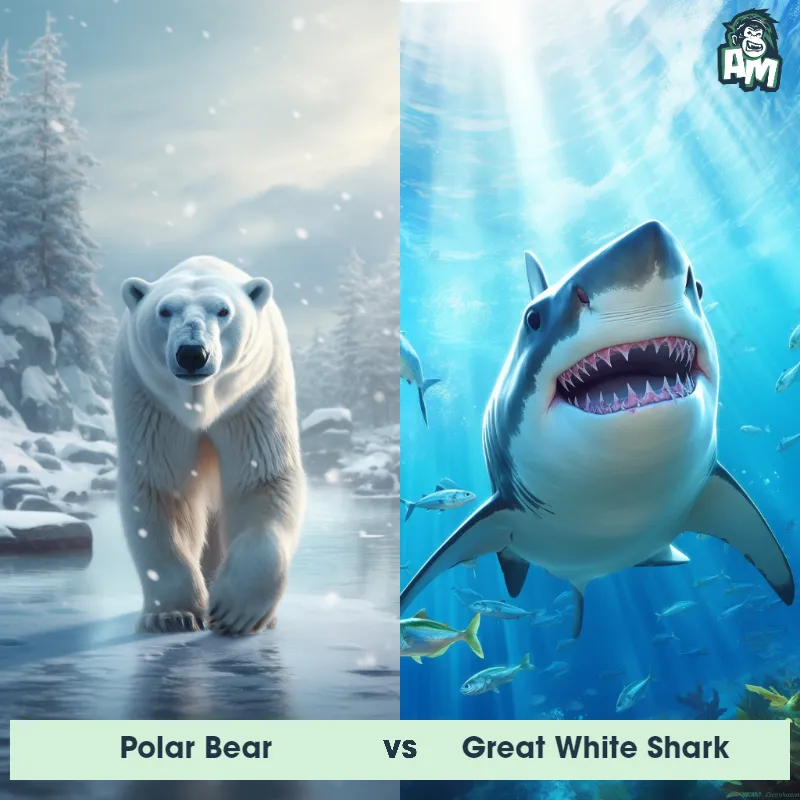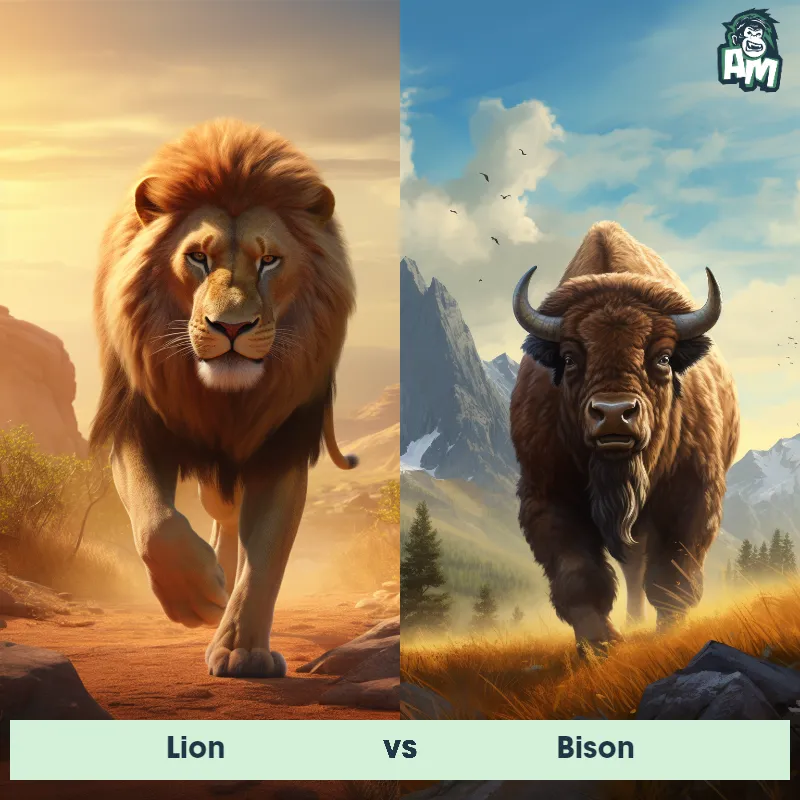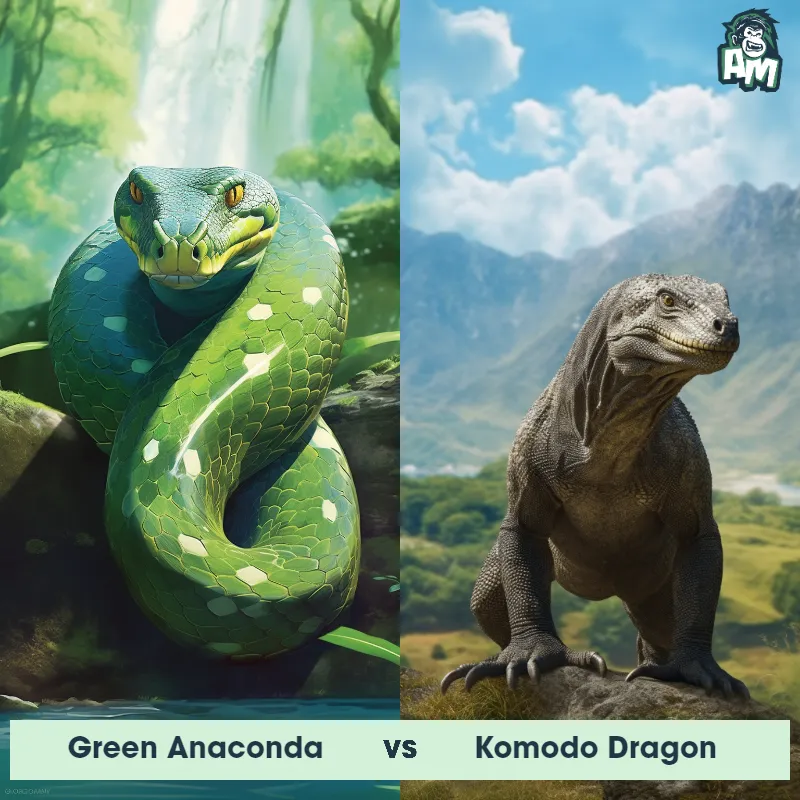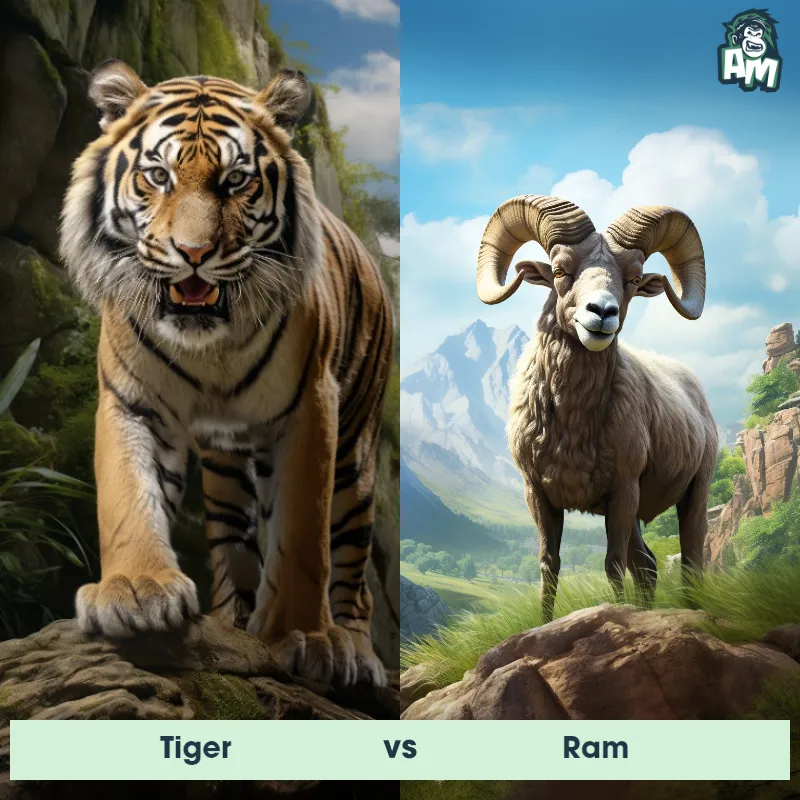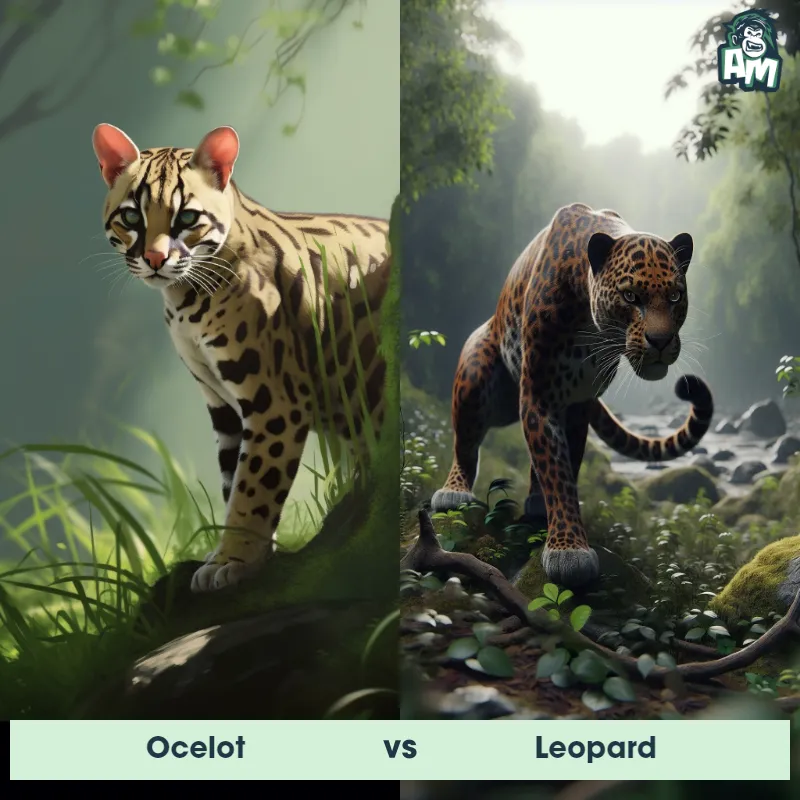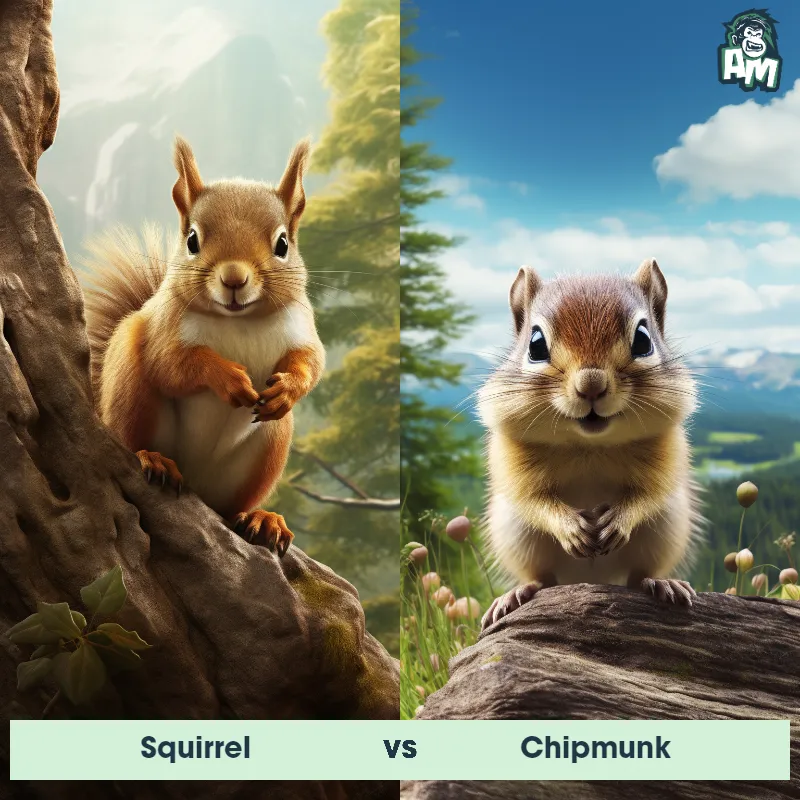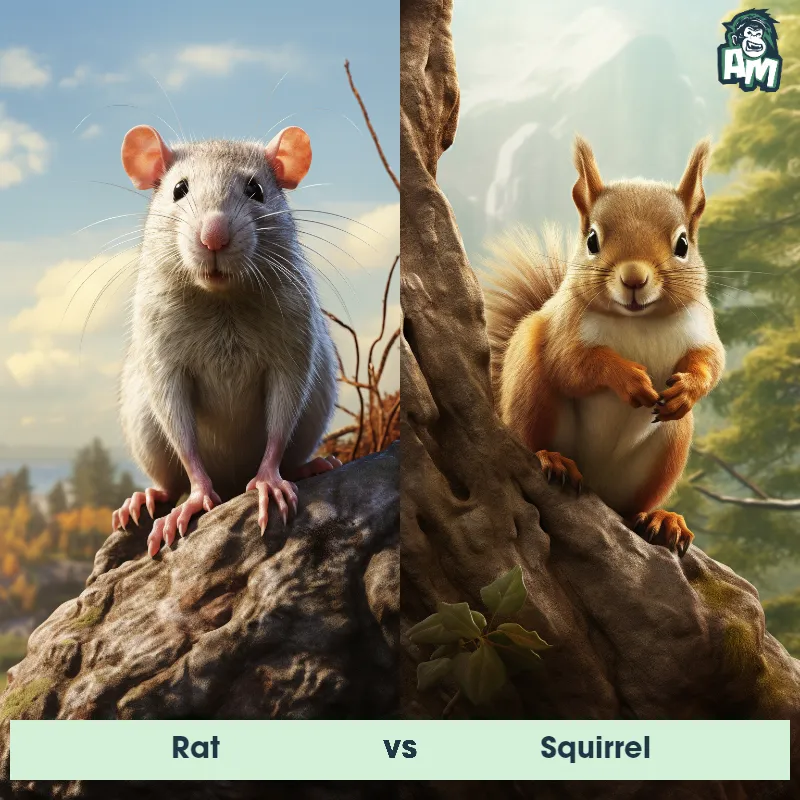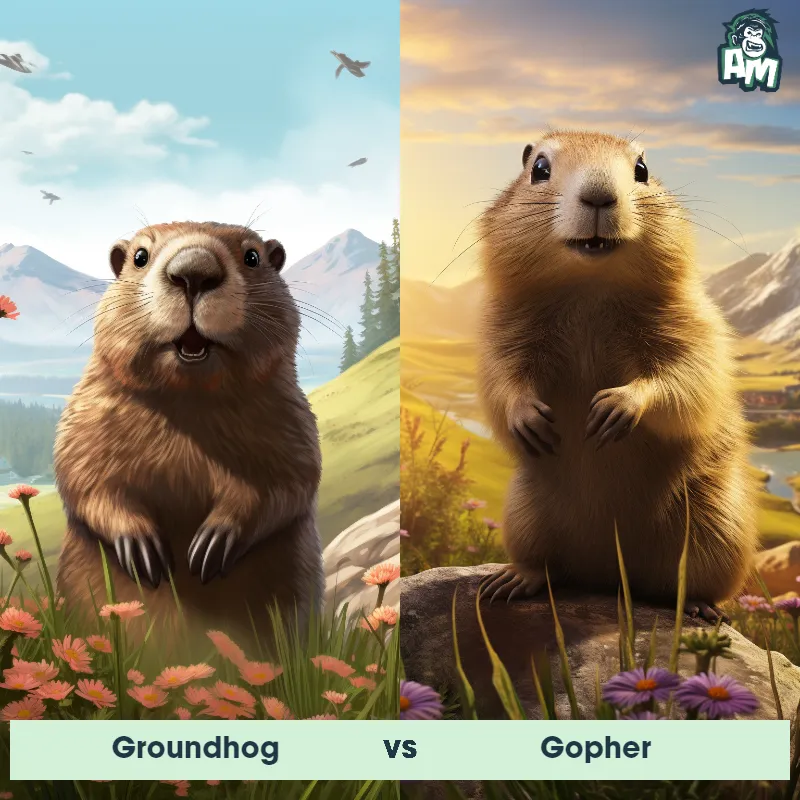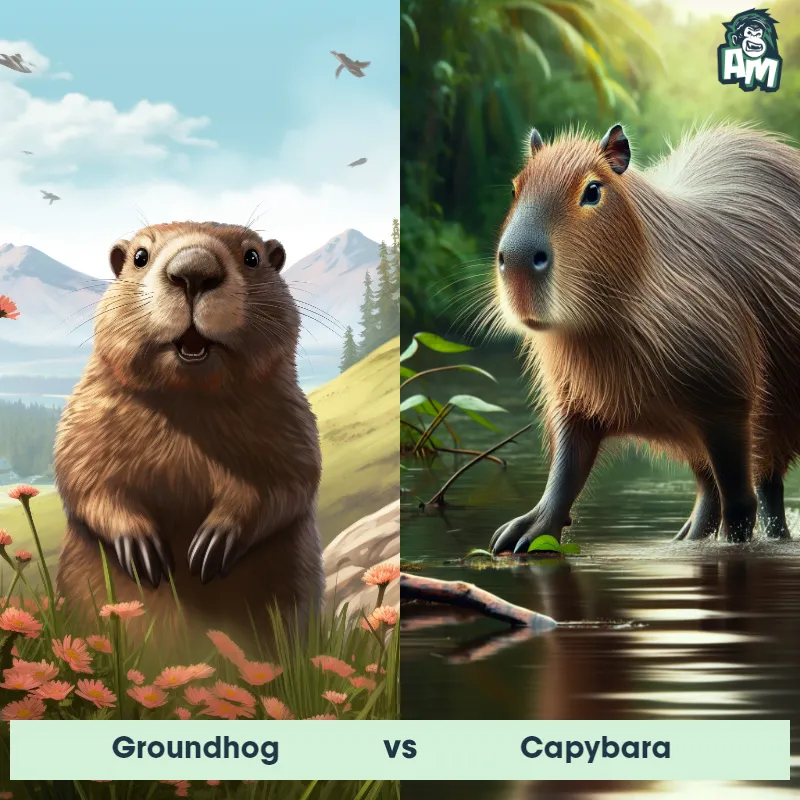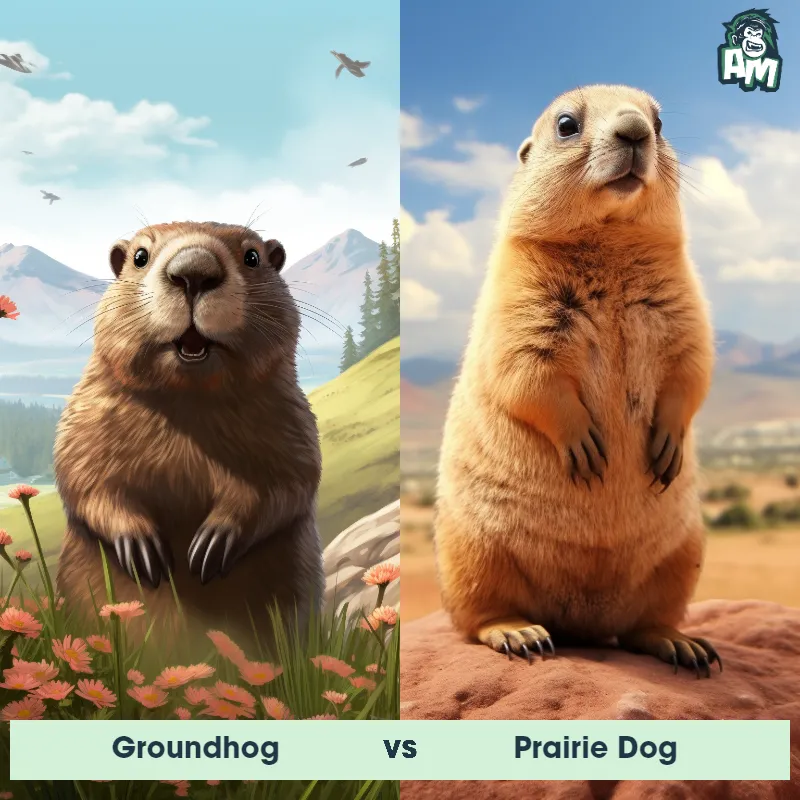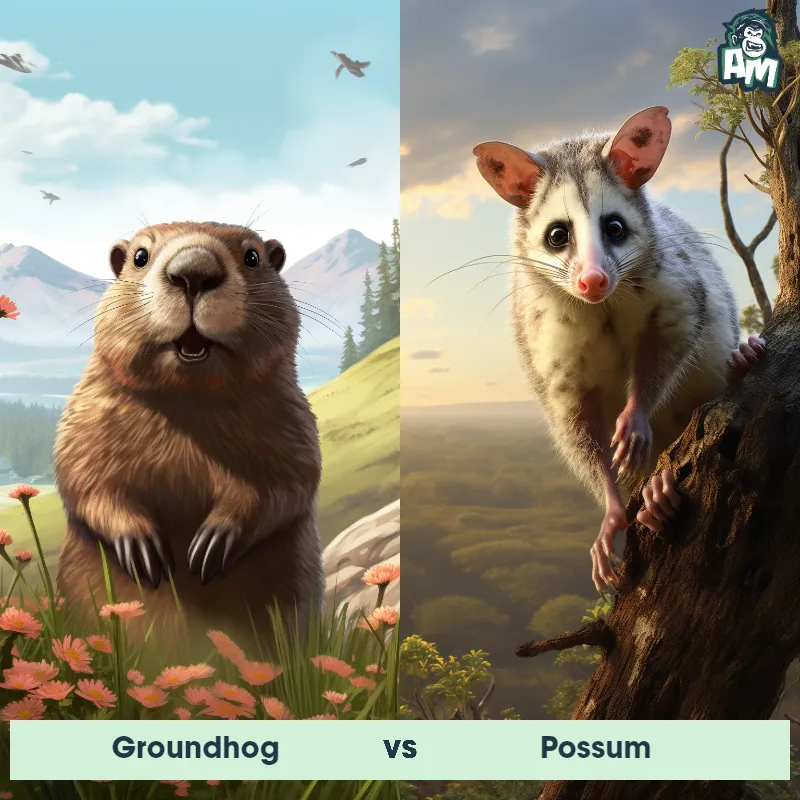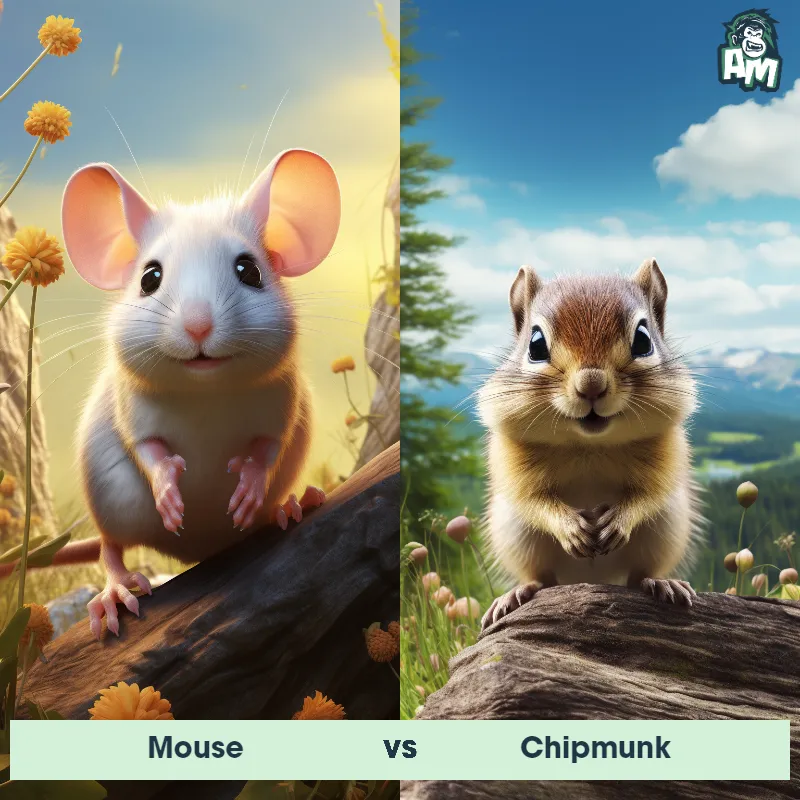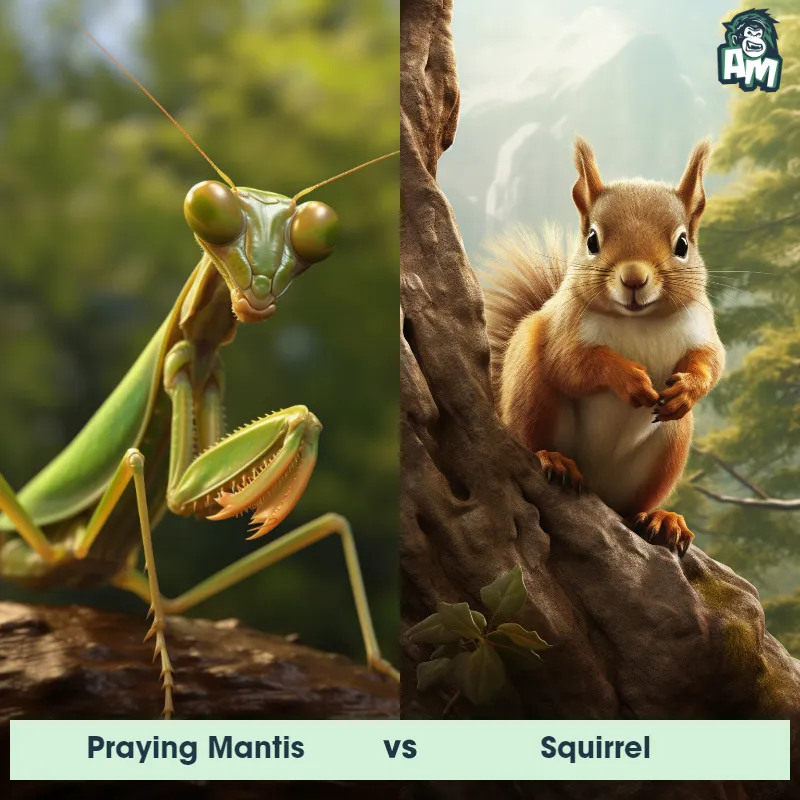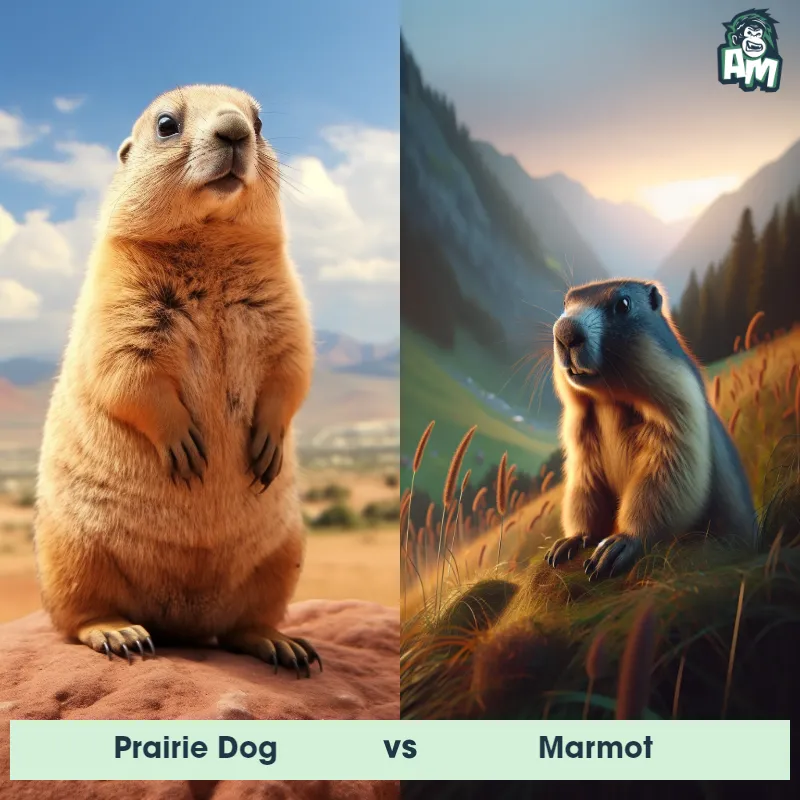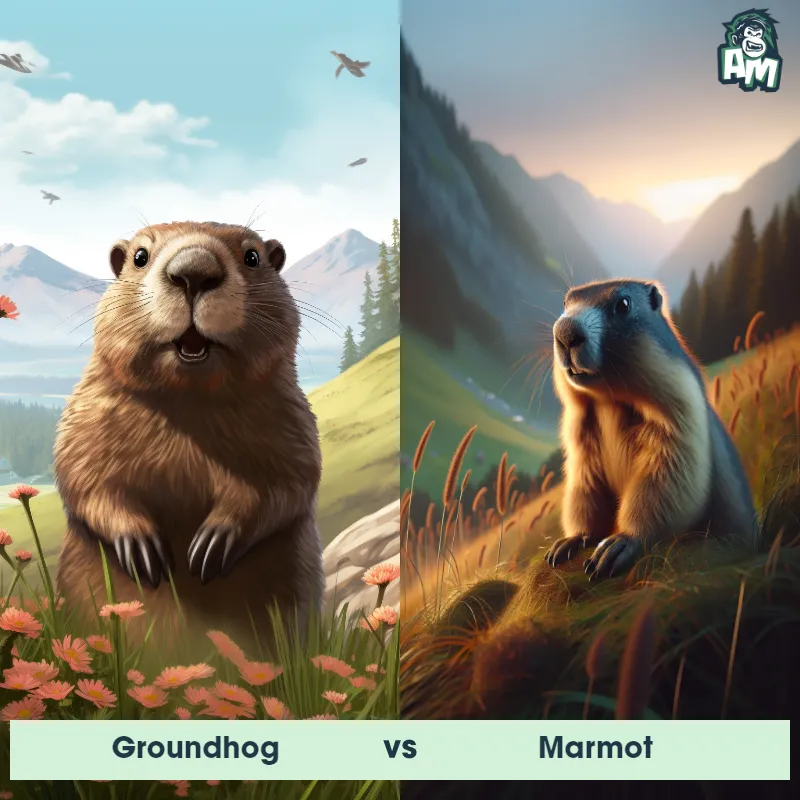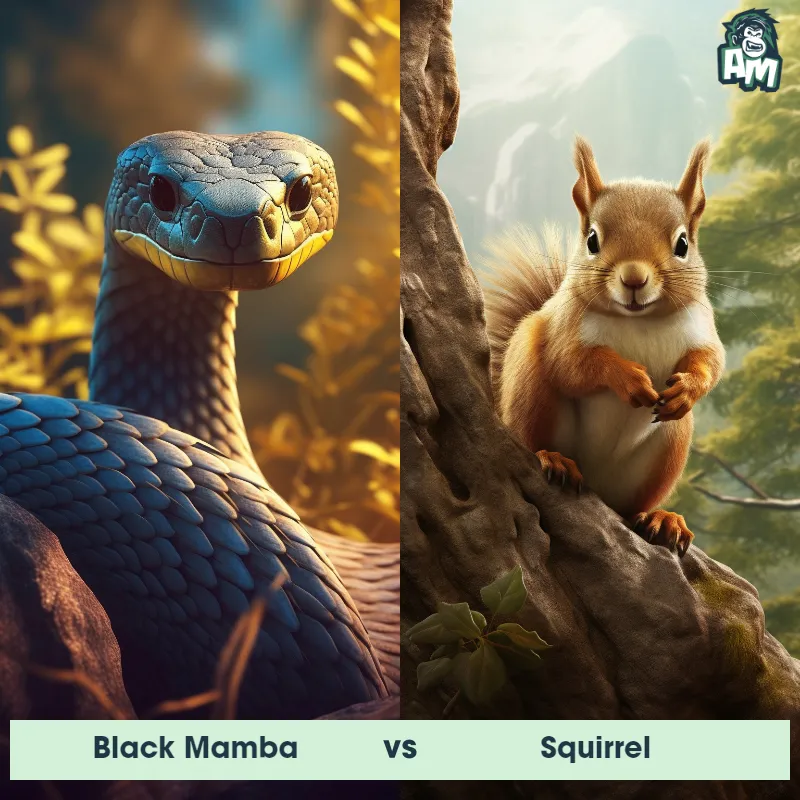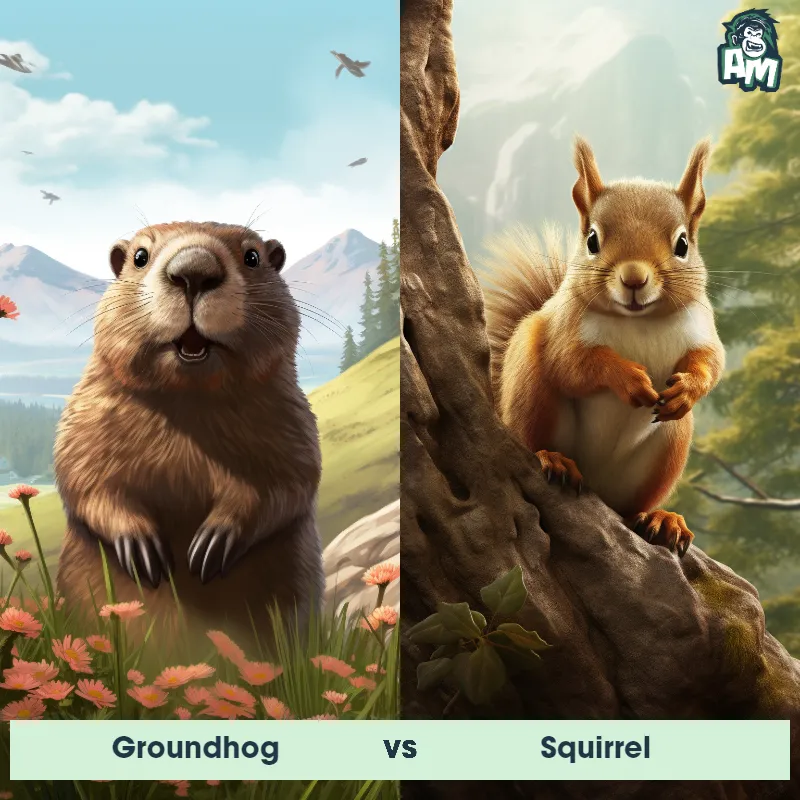Gopher vs MarmotSee Who Wins

Ladies and gentlemen, welcome to this thrilling matchup between two formidable opponents! In one corner, we have a sprightly gopher ready to show off its burrowing skills. And in the other corner stands the marmot, renowned for its agility and social nature. This promises to be an exhilarating contest between these underground dwellers.
Contender 1: Gopher
The gopher is a small rodent that is primarily known for its burrowing habits. They have a robust, cylindrical body, small eyes, and even smaller ears. Their fur can range from light brown to nearly black. Gophers possess strong front legs with large claws, which they use efficiently for digging intricate tunnel systems. They are solitary animals, often inhabiting a range of environments, such as prairies, forests, and gardens, where they feed on plant roots, bulbs, and other vegetables.
Fun Fact: Despite their small size and seemingly insignificant presence, gophers play a crucial role in ecosystem health as their burrowing helps to aerate the soil, leading to improved nutrient circulation and soil fertility.
Contender 2: Marmot
The Marmot, also known as a groundhog or woodchuck, is a medium-sized rodent belonging to the squirrel family. It is characterized by its stout body, short legs, and bushy tail. Marmots have a short, coarse fur that can vary in color from brown to gray, depending on the species. They are well adapted to an underground lifestyle, with strong claws for digging burrows that can be up to 30 feet long. Marmots are social animals, living in colonies that consist of complex tunnel systems with separate chambers for nesting and hibernating. They are herbivores, feeding primarily on grasses, leaves, and flowers.
Fun Fact: Marmots are excellent diggers and can move up to a ton of soil when constructing their burrows.
Matchup Stats
| Gopher | Marmot | |
|---|---|---|
| Size | 5-14 inches (12.7-35.56 cm) | Up to 2 feet long (60 centimeters) |
| Weight | 0.5-2.2 lbs (0.23-1 kg) | Up to 13 pounds (6 kilograms) |
| Speed | 8mph (13km/h) | 20mph (32km/h) |
| Key Strength | Strong front legs with large claws for digging and defense | Agility and ability to retreat into burrow |
| Biggest Weakness | Small size and poor eyesight | Relatively small size and lack of offensive weapons |
Current Votes
Gopher vs Marmot
See Who Wins
View More Matches
Looking For More?
Similar Matches
Scientific Stats
| Gopher | Marmot | |
|---|---|---|
| Scientific Name | Geomyidae | Marmota |
| Family | Rodentia | Sciuridae |
| Habitat | Underground burrows | Mountains and meadows |
| Geography | North and Central America | North America, Europe, Asia |
| Diet | Herbivore, primarily plant roots, bulbs, and other vegetables | Herbivorous, primarily grasses, leaves, and flowers |
| Lifespan | 1 year - 3 years | 6 years - 10 years |
Key Differences between Gopher and Marmot
- Behavior: Gophers are solitary animals, rarely seen above ground, spending most of their time underground, while Marmots are social animals, living in colonies and often seen basking in the sun or foraging for food.
- Size: Gophers are generally smaller, measuring around 6 to 8 inches in length, while Marmots are larger, ranging from 18 to 28 inches in length.
- Habitat Preference: Gophers are primarily found in underground burrows and tunnel systems in grasslands or agricultural fields, while Marmots prefer alpine or sub-alpine regions, often inhabiting rock crevices and burrows on mountainsides.
- Color: Gophers usually have brown or grayish fur with dark markings, blending in with their surroundings, while Marmots commonly display a mixture of brown, gray, and reddish fur.
- Body Shape: Gophers typically have a more streamlined body shape with a short neck, small ears, and a slender tail, whereas Marmots have a stockier build with a robust neck, larger ears, and a bushy tail.
- Facial Features: Gophers possess small eyes and short, blunt snouts that are adapted for burrowing, contrasting with Marmots that have relatively larger eyes and more elongated snouts.




